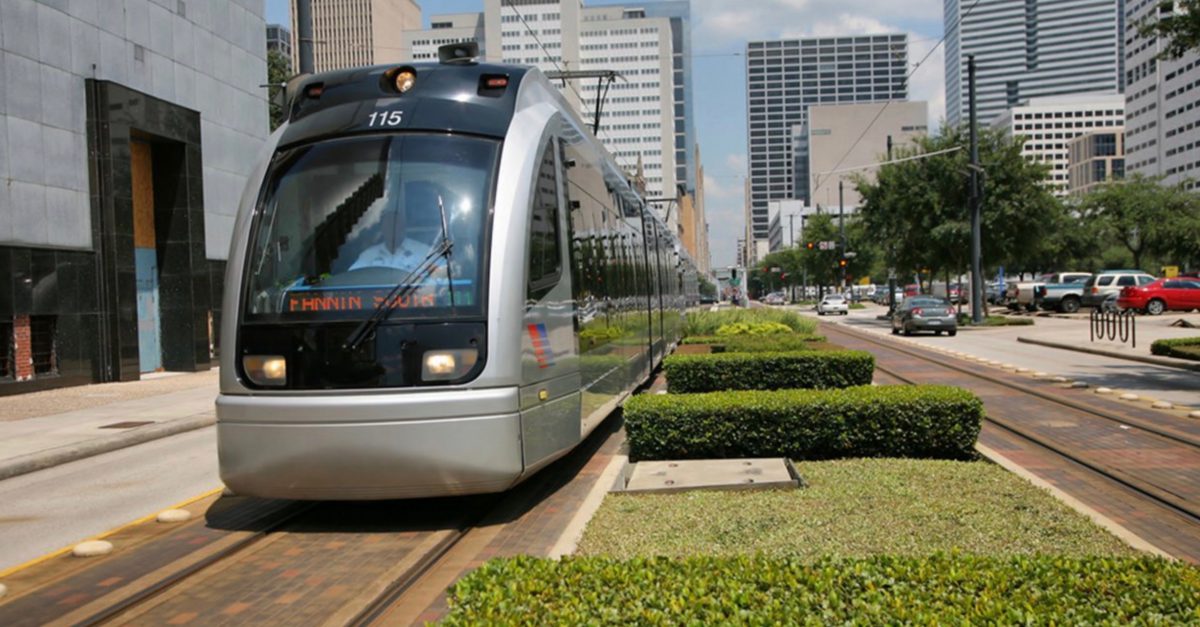Since its launch in late 2003, Houston’s MetroRAIL line operates as a popular option for workers and tourists alike.
Videos by Rare
The city’s first light-rail line, which went from downtown Houston to then-Reliant Stadium, first proved its worth when the city hosted Super Bowl XXXVIII in February 2004.
The main line since expanded to include destinations on the city’s near North Side, and additional lines now connect Downtown to the University of Houston campus and the southeast side.
However, as Judge Ed Emmett recently reiterated, the rail line continues to lack options for Houston’s millions of suburban commuters, and there are currently no lines connecting the city’s airports to its downtown business district.
Meanwhile, some city planners say Houston could learn a thing or two from the Dallas Area Rapit Transit (DART) system in the Dallas-Fort Worth (DFW) Metroplex, with its rail lines providing transport between most of the area’s major destinations, including suburban hubs.
RELATED: Man Recovering After Being Struck by MetroRail Train in Downtown
A recent Houston Press piece analyzed the reasons why Houston’s move to light rail is falling behind its Texas neighbors:
The article points out how Houston’s approach of starting from downtown and creating a short, experimental line, while successful at first, left a significant number of residents out of its plans for any future expansion.
Experts agree, rail lines, which could connect major suburbs, like Clear Lake, Katy or The Woodlands, to central Houston, could alleviate traffic jams and improve the city’s air quality.
When Dallas implemented its light rail system, for example, officials approached the suburban ridership issues first, then built the system around their demands, understanding this population to be the one most in need of commuter transit options.
Furthermore, geographically, DFW Metroplex also covers an area several times the size of Houston’s metro area, so the infrastructure issues they faced stood, arguably, as much larger obstacles than Houstonians might face with an extended light rail system.
RELATED: With Increased Demand For Electric Cars, Can Houston Survive in 2040?
With predictions of Houston’s population doubling in size in the next quarter-century, some city organizers and leaders argue an extensive light rail network may also provide a solution to expanding the area’s roads and freeways.
Furthermore, they say light rail could be implemented alongside or as an alternative to TxDOT’s plans to re-route the downtown area’s freeway system in the next decade.
Houston middle school teaches students how to use METRO Rail #abc13 https://t.co/B5ZKml3R53 pic.twitter.com/kY8lmMKUtv
— ABC13 Houston (@abc13houston) September 14, 2016
All aboard?



